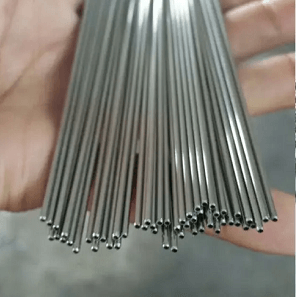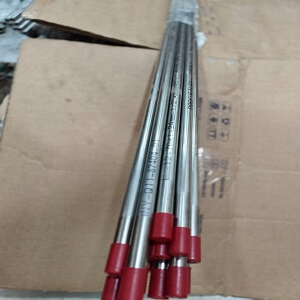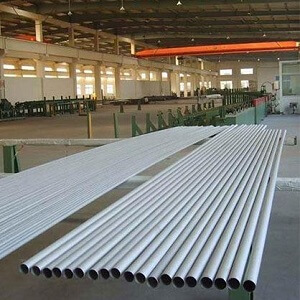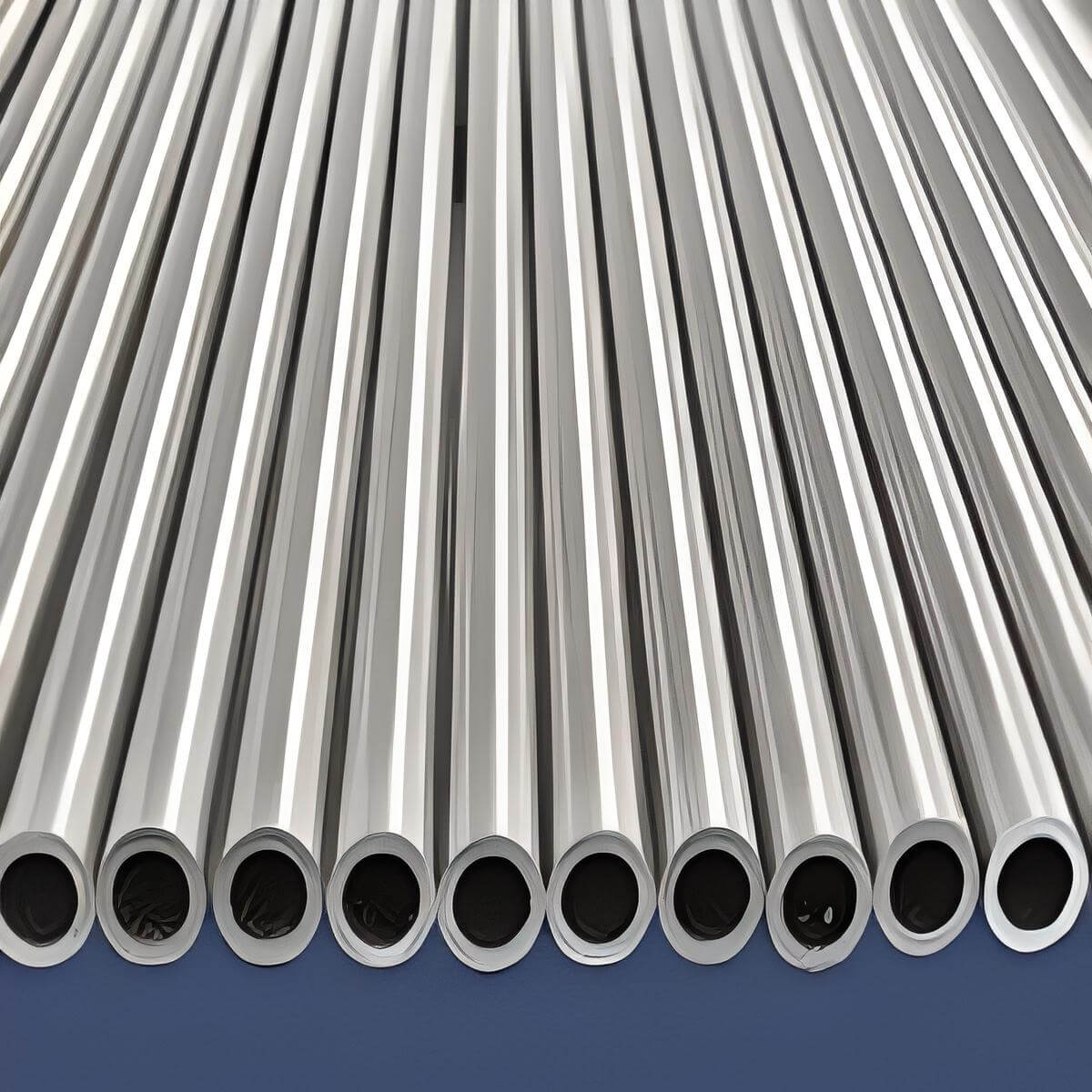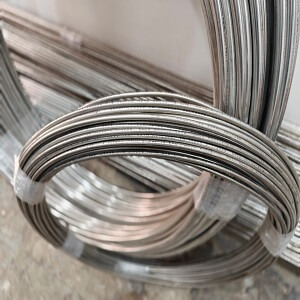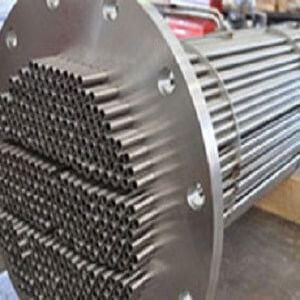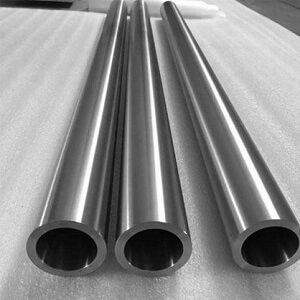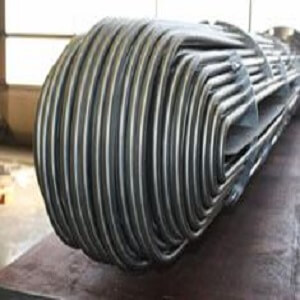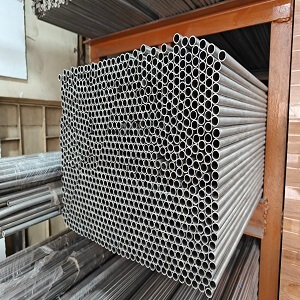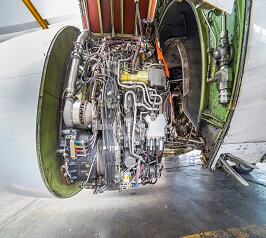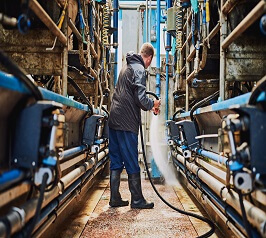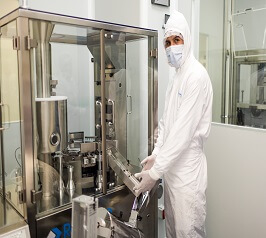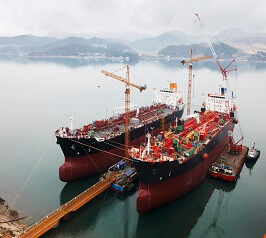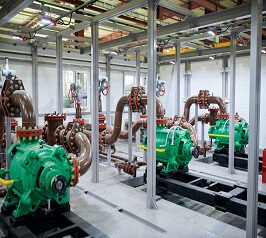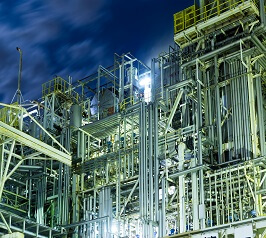Alloy Steel Tubing represents an advancement in the field of metallurgy blending elements to enhance performance and durability. The specific chemical composition varies depending on the intended use and the manufacturers specifications. However typical elements found in steel tubing include carbon, manganese, phosphorus, sulfur, silicon, chromium, molybdenum and sometimes nickel. Each element contributes qualities that improve performance; for example carbon boosts strength chromium enhances corrosion resistance manganese improves hardenability and molybdenum increases stability at high temperatures.
The versatility of steel tubing is notable due to the combination of elements in its composition. It shows resistance to corrosion and can withstand impact loads well while maintaining high tensile strength. When heat treated alloy steel tubing gains characteristics like increased hardness and strength making it suitable for use in various conditions. Its exceptional corrosion resistance is particularly highlighted when paired with heat treatment for durability against wear and tear.
Alloy steel tubing is renowned for its strength, durability and ductility. These attributes allow the material to withstand stress without deformation—ideal for applications in high pressure environments. The hardness of these tubes varies based on the heat treatment method used and the alloying elements incorporated.
When we look at the characteristics alloy steel tubing displays resistance to heat maintaining its strength and integrity even in high temperature environments. Moreover it exhibits machinability and weldability enhancing its adaptability for a range of uses from structural applications to functional purposes.
Due to its qualities Alloy Seamless Tube is highly recommended for a variety of uses. Its ability to withstand impacts and resist wear makes it perfect for manufacturing vehicle components that endure loads in the automotive industry. In the energy sector it is a choice for producing power plants oil rigs and gas pipelines that operate under pressure and temperature conditions. Furthermore in aerospace applications the strong design with high temperature resistance is crucial for ensuring these tubes can handle the demands of space missions.



